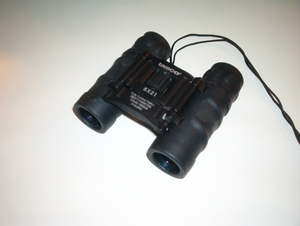We first knew something was wrong when Tyson, our 4-year-old rat terrier, stopped playing with his toys. At first, we suspected that he was just growing out of his puppy stage, or that he was jealous of our baby and needed more attention. He began spending more and more time on the couch curled up on his blanket, and started to lose weight. Then he suddenly began to collapse when he became overly excited. His legs would give out underneath him, and he would lay on the floor for a few seconds looking dazed.
We immediately called Tyson’s veterinarian and made an appointment. By the time Tyson got to the veterinarian, he was quickly becoming weaker and weaker. The vet noticed that Tyson’s gums were pale and that he had developed a heart murmer since his last appointment a few months earlier. Based on these symptoms, the vet immediately suspected that Tyson was anemic and scheduled some additional tests.
Tyson had blood drawn and also had x-rays taken to examine his spleen and to determine whether he had ingested any foreign bodies, like pennies. The vet also tested samples of his stool for parasites and tested his urine to rule out a bacterial infection in his urinary tract. While we waited for results of these tests, Tyson was prescribed an antibiotic and a steroid, prednisone.
When all of the tests results were in, the diagnosis was clear. Tyson had anemia. Although we still did not know the cause, at least we knew the name of the disease. Autoimmune Hemolytic Anemia (AIHA), also called Immune Mediated Hemolytic Anemia (IMHA), can strike unexpectedly and affects even young dogs, like our rat terrier. Unfortunately, AIHA can be very serious for a dog, and the vet prepared us for the worst. It was possible that Tyson would not recover.
According to an article by veterinarian Wendy C. Brooks, Immune Mediated Hemolytic Anemia causes the dog’s immune system begins to attack and destroy its own red blood cells. The spleen and liver are affected by the disease, and one resulting symptom is that the dog becomes jaundiced. Ultimately, the disease results in too few red blood cells left to oxygenate the dog’s tissues, creating a life-threatening condition. In fact, 20 to 80 percent of dogs afflicted with this disease will die from it.
Tyson continued to take prednisone for six months, having blood tests every two or three weeks to monitor his red blood cell count and his progress. He had some setbacks along the way, and there were times when he was so exhausted and bloated that we wondered if he would make it or if we were doing the right thing for him. Some weeks his red blood cell count would drop only to improve the next week. As he improved, his dosage of prednisone was dropped very gradually.
Six months after his initial diagnosis, Tyson continues to be on prednisone. He takes only a half pill once a day now, but his improvement is obvious. Last week, he even picked up a toy that he has not played with in months.
Despite the dire predictions associated with a diagnosis of AIHA, your dog can improve and can get well, though there are no guarantees that the same disease will not recur. If your dog is diagnosed with AIHA, several websites provide information and support. Meisha’s Hope provides a list of resources for families with a dog stricken by AIHA. In addition, VetNet has an active discussion forum and a useful Q & A regarding the disease.
Source:
The Pet Health Library, “Immune Mediated Hemolytic Anemia,” Wendy C. Brooks, DVM, DipABVP.




